In the four years 2019-2023, the amount of waste treated by landfill nationwide decreased by 6%, while the incineration method increased by 7%.
The information was announced by the Ministry of Natural Resources and Environment at the 2023 Natural Resources and Environment Sector Summary Conference on the morning of December 31.
The leader of the Department of Environmental Pollution Control said that the amount of solid waste generated each day in Vietnam is currently about 67,100 tons, an increase of nearly 2,500 tons compared to the 2019 National Environmental Status Statistics. Of which, urban areas generated nearly 37,000 tons, an increase of nearly 1,300 tons.
Hanoi and Ho Chi Minh City account for 23% of the country's waste and 46% of waste in urban areas.
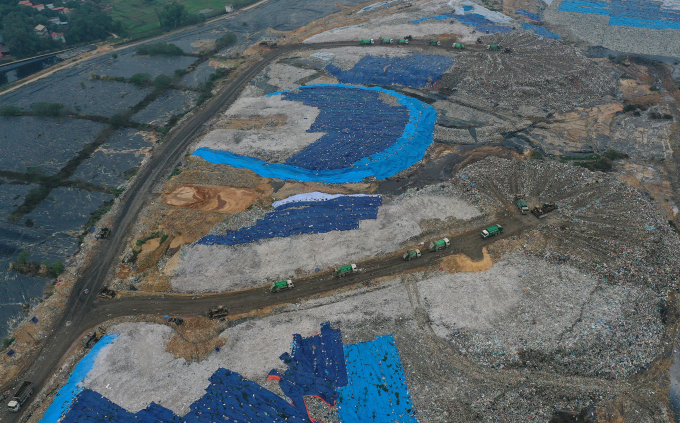
Nam Son waste treatment plant, Hanoi. Photo: Ngoc Thanh
The current collection rate in urban areas is 95%, in rural areas 71%. The country had more than 1,320 facilities for treating domestic solid waste in 2019, now increasing to more than 1,700 including nearly 470 incinerators (up 90), more than 1,200 landfills (up 120).
Three large waste-to-energy plants are in operation, including the Soc Son waste-to-energy plant with a capacity of 4,000 tons per day, the plant in Can Tho with a capacity of 400 tons, and the plant in Bac Ninh with a capacity of 180 tons.
"The treatment by burning to generate electricity and gasification is expected to increase in the coming years because 15 waste incineration plants are being built," said a representative of the Department of Environmental Pollution Control, adding that increasing the amount of waste burned will reduce the pressure on soil and water pollution in localities.
The leaders of the Ministry of Natural Resources and Environment assessed the above results as remarkable, but the landfill rate remains high, and treatment technology in many localities has not met requirements. The implementation of waste treatment projects with modern technology is still slow, and some localities are confused in choosing technology. The planning of the location of waste treatment plants has encountered opposition from local residents.
The solution proposed by the environmental agency is to mobilize all resources to handle domestic solid waste in the direction of reducing budget support, applying service prices, and gradually adjusting prices to compensate for collection and treatment costs.
Source link



![[Photo] National Assembly Chairman Tran Thanh Man attends the Policy Forum on Science, Technology, Innovation and Digital Transformation](https://vstatic.vietnam.vn/vietnam/resource/IMAGE/2025/4/13/c0aec4d2b3ee45adb4c2a769796be1fd)


![[Photo] Prime Minister Pham Minh Chinh chairs the Government's special meeting on law-making in April](https://vstatic.vietnam.vn/vietnam/resource/IMAGE/2025/4/13/8b2071d47adc4c22ac3a9534d12ddc17)



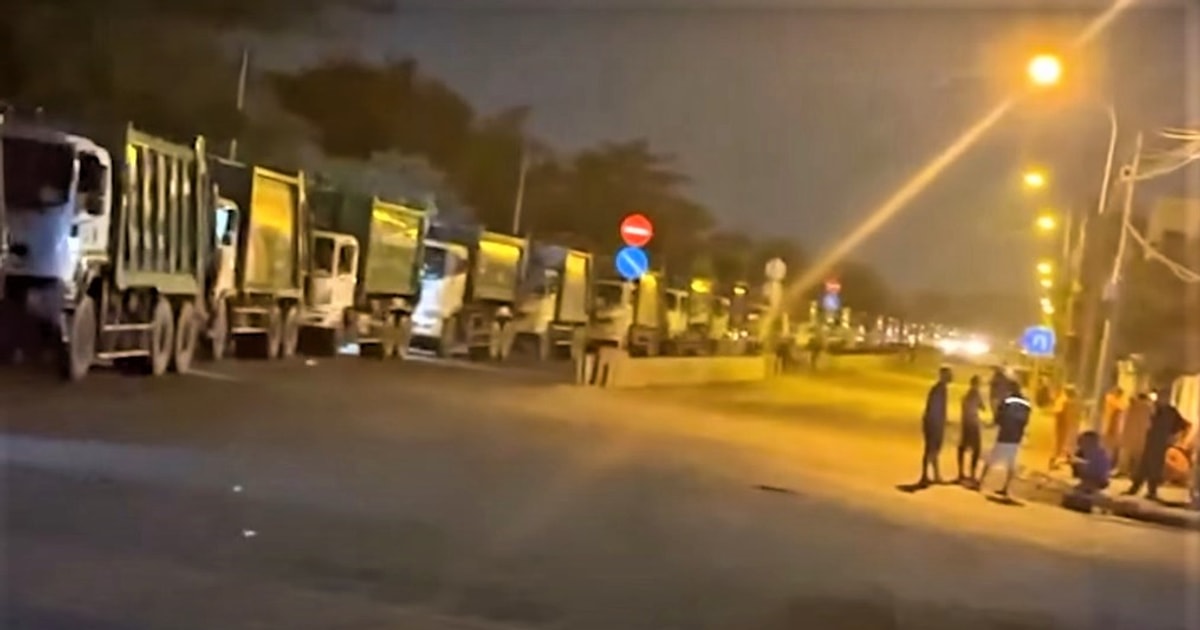

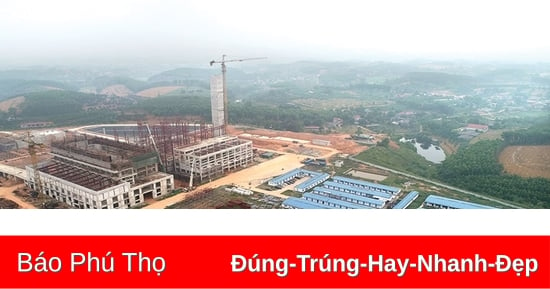






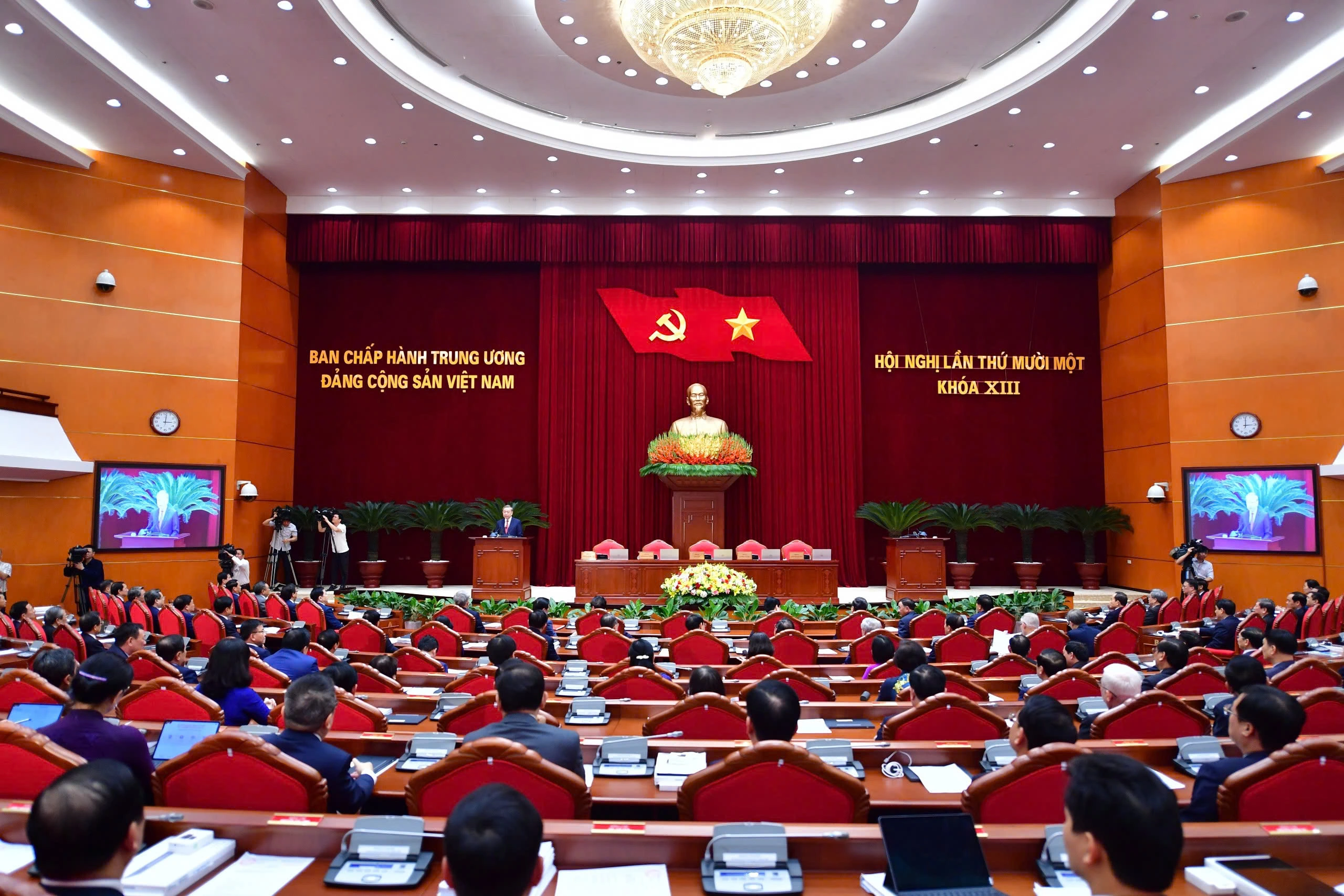
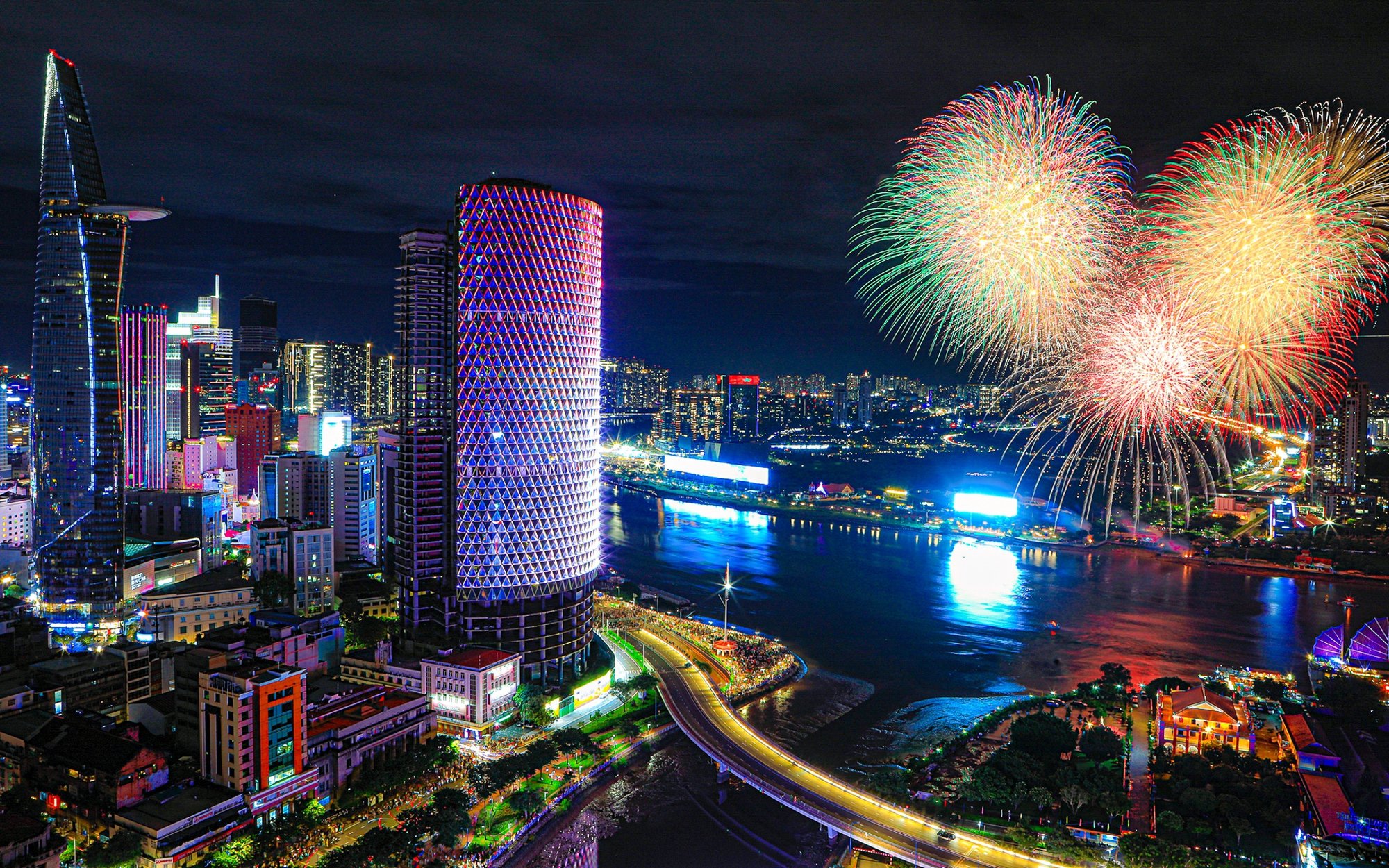









































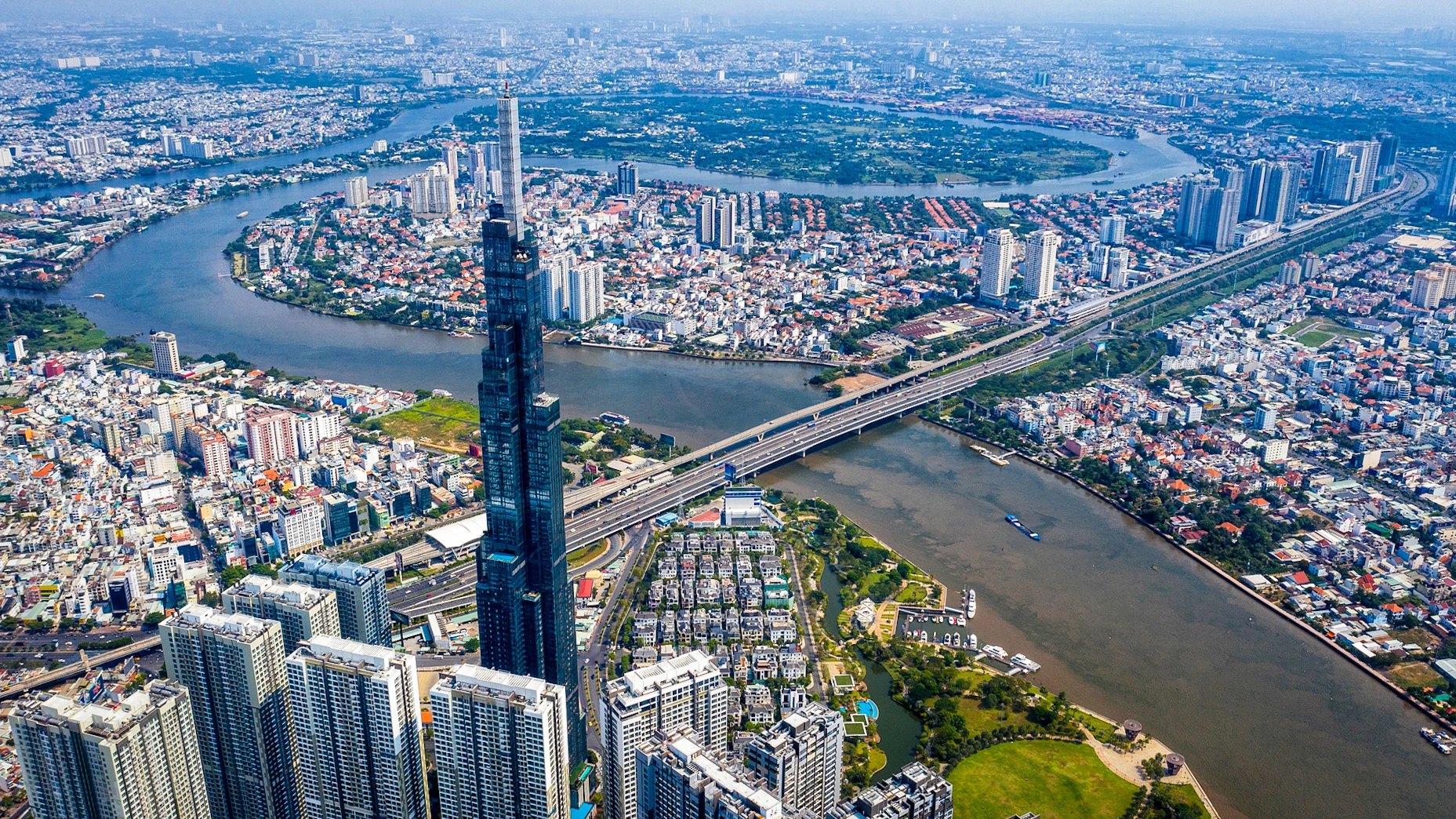


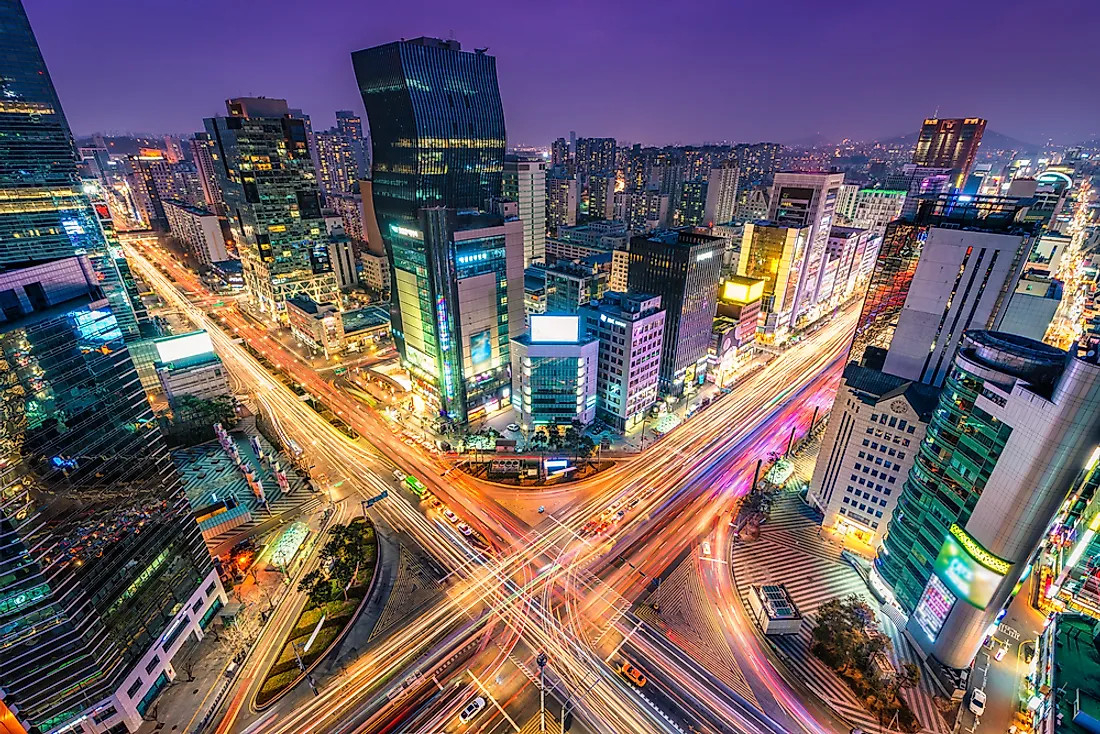











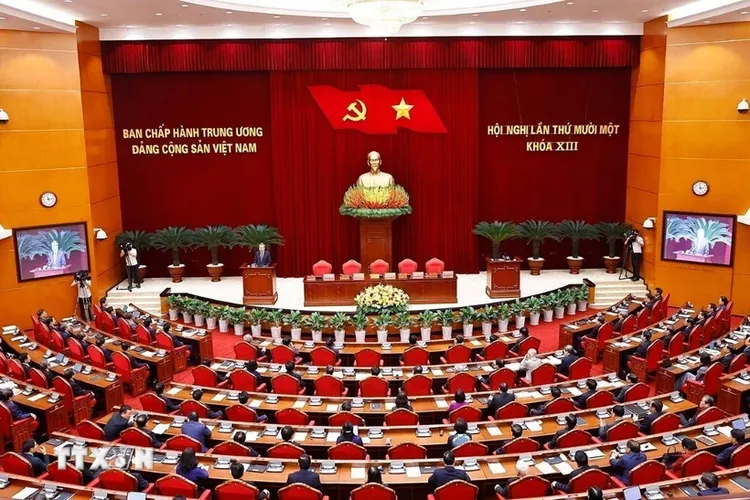
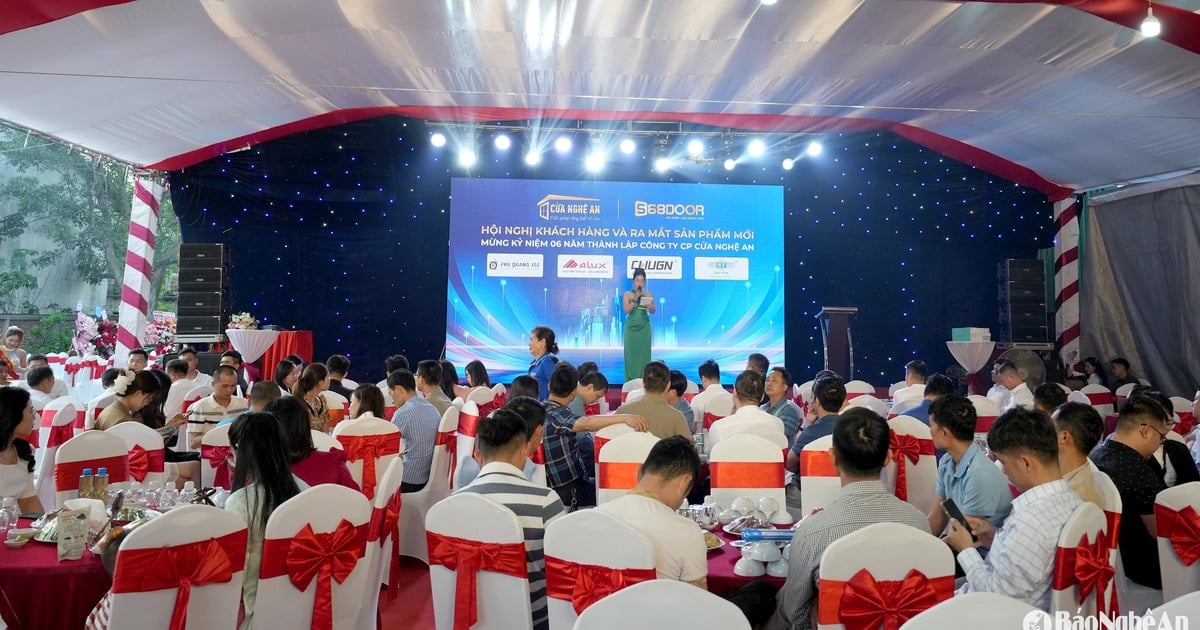






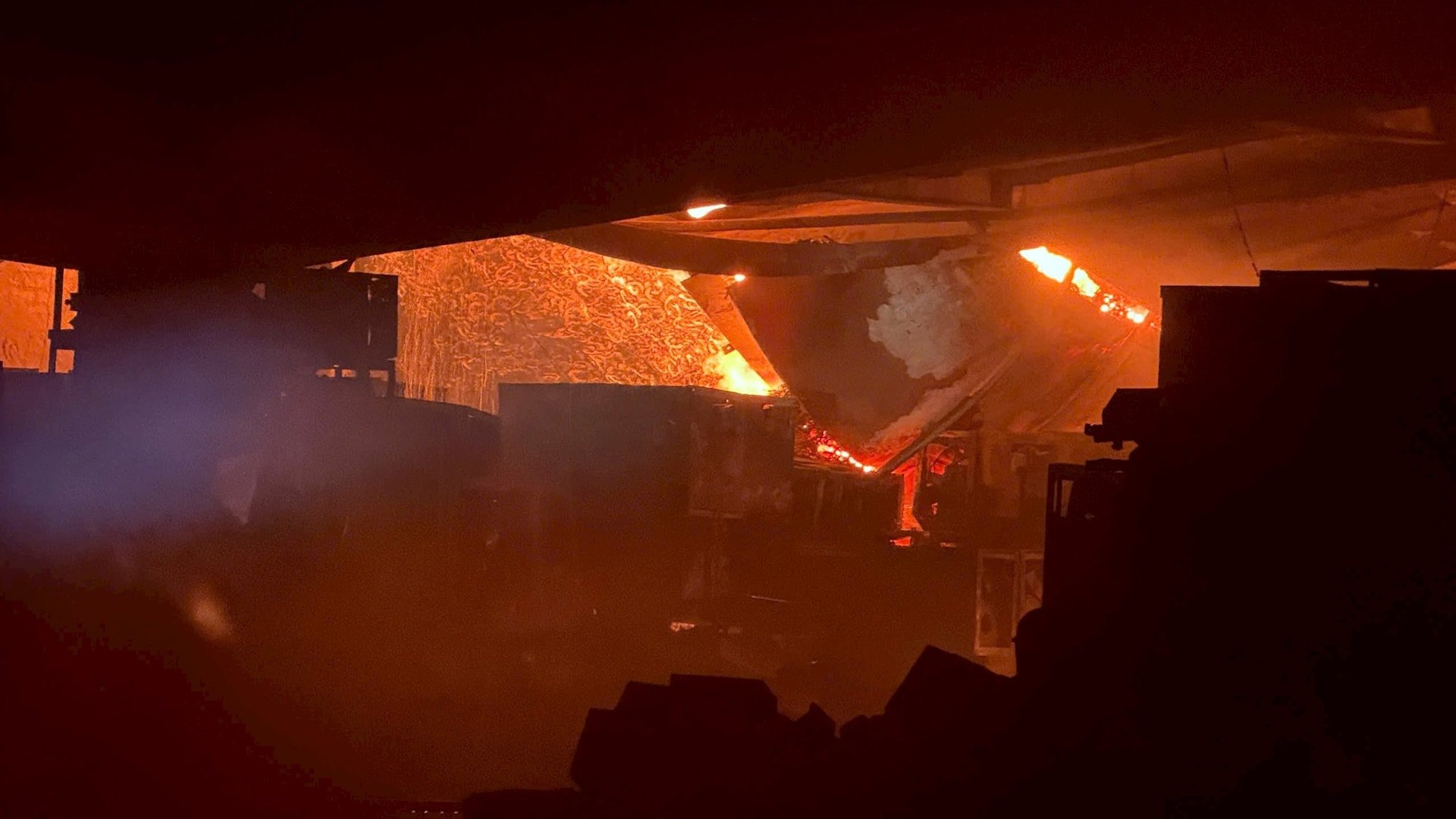











Comment (0)